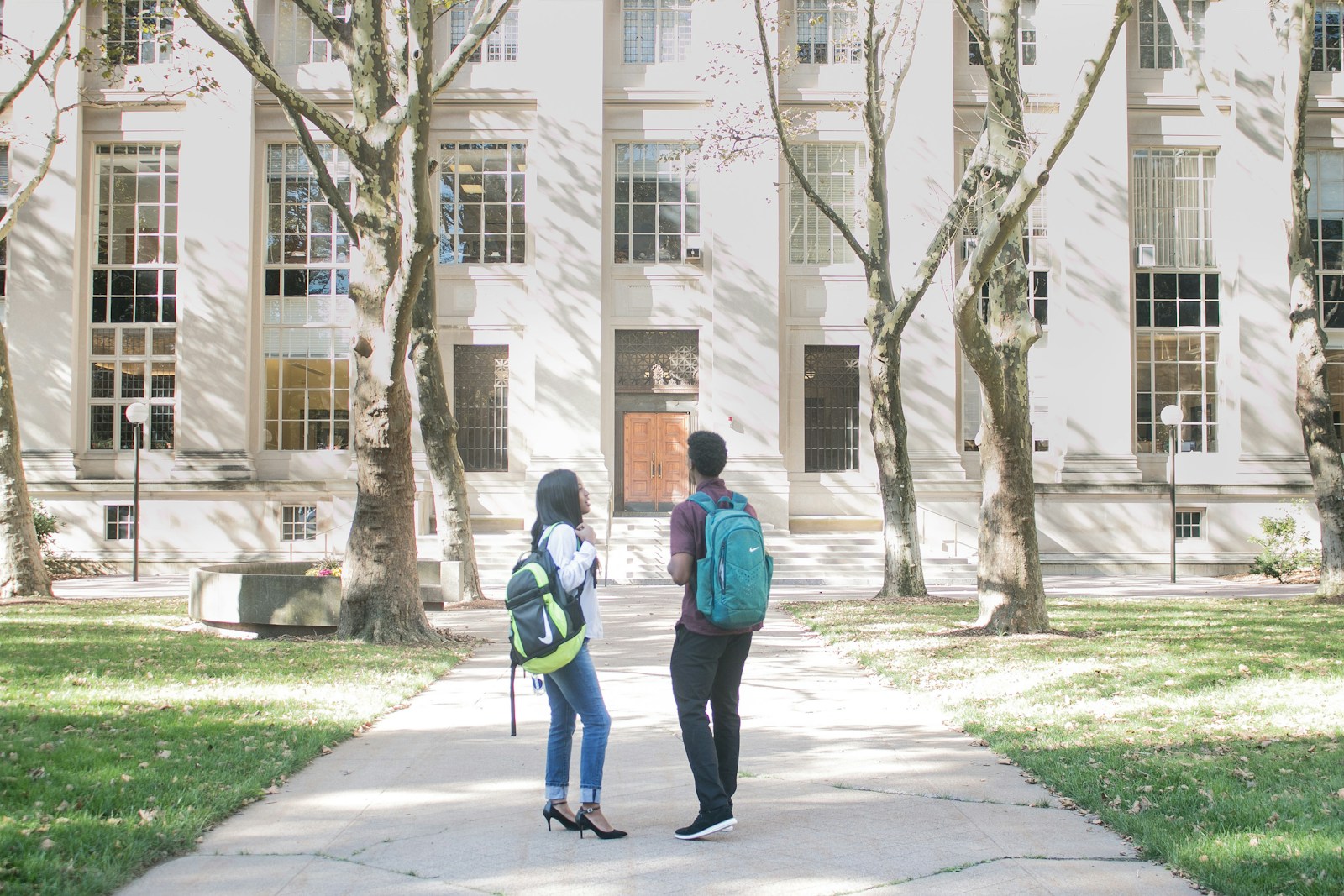Striving for excellence is an important part of achieving success. But striving for excellence requires support. For students, this support comes in the form of tailored, challenging learning and good teachers.
Selective schools in Australia provide students with the required support to prepare them for the future.
Keep reading to find out what exactly are selective schools in Australia, their benefits, and tips to ace selective entry exam preparation.

What are selective schools?
Selective schools are high schools that are designed specifically to provide talented and gifted students with the learning materials and support they need to fulfill their potential.
These schools group together students with similar ability and provide instruction that helps them learn complex concepts in greater detail faster than students of other high schools. To do so, they use evidence-based techniques to ensure better, faster learning.
Contrary to public schools, selective schools permit admission to students based on merit.
Types of selective schools
There are three types of selective schools: fully selective high schools, partially selective high schools, and selective agricultural high schools. In fully selective high schools, all classes are academically selective.
In partially selective high schools, certain classes are selective. For instance, students may join selective classes for Math and English, while taking Science and Social Studies with other students.
Selective agricultural high schools are selective high schools that emphasize the study of agriculture and offer a mix of boarding and day placement.
5 benefits of Australia’s selective schools
While there has been some criticism against selective schools for promoting unhealthy competition, increasing stratification among students, and placing excessive mental pressure on students, their benefits are undeniable. These include:
1. Academic benefits
Students from selective schools perform better on average than students from other schools.
For instance, a study of three out of the four fully selective schools in Victoria found that students from these schools achieved a score 2.5 percentile points higher on the ATAR (Australian Tertiary Admission Rank) than students who had narrowly missed out on getting accepted to these schools.
Higher scores on the ATAR mean that students are more likely to get into the university course of their choice.
Selective schools also produce some of the highest 12 Year results.
2. Challenging environment
The students at selective high schools typically fall into a similar level of academic performance. Therefore, teachers can teach challenging course material without having to simplify it or slow it down for students who need more help.
Because the environment is challenging, it prevents high achieving students from getting bored with or losing interest in the course material.
The material retains student attention and allows teachers and students to explore the material in more complexity and depth than they would in a class with both selective and non-selective students.
3. Like-minded students
Students who have entered selective schools have likely undergone extensive preparation to be admitted. It can be assumed that they generally have similar outlooks towards life as well as similar interests.
Students with similar interests and perspectives may enjoy each other’s company more. In fact, research suggests that students in selective schools report higher levels of emotional wellbeing. They report higher levels of satisfaction from being friends with and learning with like-minded students.
4. Lower fees than independent schools
Since they are government-run facilities, selective schools have lower fees than independent or private schools. But despite having lower fees, selective schools offer the same kinds of benefits as independent schools.
5. Better impression on university admissions committees
Being from a selective school signals that a student has had consistently good academic performance as the school requires a competitive test for admission. University admissions committees may, therefore, give preference to students from high performing schools, such as selective schools.
How can you get into a selective school?
Entry into Australia’s selective schools usually requires students to pass a highly competitive entrance exam. However, the number of available seats, the course structure and syllabus, and other specifics may vary from state to state.
For instance, In Western Australia, students enter selective school in Year 7 through the Academic Selective Entry Test. In Victoria, students enter Years 9 through 12 based on their results in junior secondary school.
Therefore, the requirements for entry are different depending on which selective school a student is applying for.
However, there are some practices that may help prepare students for a challenging academic environment, and may help them gain entry into a selective school.
To improve your chances of getting into a selective school, it is important to:
1. Read, read, read
Reading improves your reading, writing, and comprehension skills, which are important for entrance tests.
2. Put in effort to perform well academically at school
Putting in effort at school will help you gain the knowledge required for entrance tests. For selective schools that look at your grades in junior secondary, it is especially important that you perform well at school.
3. Practice test questions
Learning can be fun and practice makes perfect, or at least, gets you close. Practicing test questions while trying to understand the logic behind them will make the questions on the entrance test seem a lot less daunting.


